Our Status During the COVID 19 Outbreak

updated on 2.9.2021
We will be open for business until further notice.
If you are running a fever or are showing other symptoms that could be related to the Corona virus we request that you do not come in
Instead, give us a call and we will set up a video consult with you to help you get the services you need
If you are not sick but would prefer to have your consult done through video we can accommodate that also. You can call our office at 847.458.1879 as usual to schedule your appointment
We will call you close to your appointment time. Please understand that we cannot always call you right at your scheduled time.
Vaccination Information
In an effort to remove enrollment barriers and to streamline residents’ access to accurate information about COVID-19 vaccine, the McHenry County Department of Health (MCDH) has launched a COVID-19 Call Center.
The call center will be used to connect McHenry County residents to vaccine resources and assist them in completing the online enrollment process. Residents who have general questions about the COVID-19 vaccine are also encouraged to call.
“We have put in place a resource to reduce barriers for residents in accessing accurate information about available COVID-19 vaccines,” said Public Health Administrator Melissa Adamson.
Residents can call the COVID-19 Call Center from 8 a.m. to 4:30 p.m., Monday through Friday, at
(815) 334- 4045.
MCDH is currently vaccinating Phase 1a and Phase 1b seniors at its clinics. Links to MCDH clinics are shared weekly and emails that receive the links are selected at random. If you have enrolled online and received a confirmation email, you are in our system. Due to limited vaccine supply, clinics are only scheduled one week in advance and based upon vaccine allotments received.
The health department has also launched a COVID-19 vaccine locator page to help residents become aware of vaccine opportunities in McHenry County. Please visit the page by going to
http://bit.ly/MCDHFindVaccine
The page will be updated as new locations are added.
The State of Illinois is also partnering with retail pharmacies such as Walgreens and Jewel-Osco to provide COVID-19 vaccinations. Information about where and how to schedule an appointment with these pharmacies is available at
coronavirus.Illinois.gov.
Regional hospitals are inviting patients who are 65 and older to receive the vaccine. MCDH is encouraging residents to look for these direct communications from their healthcare provider’s health system about the option to receive the vaccine at their clinics.
“As local, state, and federal partnerships and vaccine supply increase we anticipate more opportunities for residents to obtain a vaccination and encourage everyone 65 and older to take the first available appointment they can schedule,” Adamson said.
More information about enrolling for a COVID-19 vaccine is available at
https://bit.ly/MCDHCovidVaccine.
Vaccination Information if you live in Del Webb
The Sun City Association in Huntley is now calling for residents 65 and older to register on the
sccah.com
website to get an appointment for getting the vaccine. If you live in another Sun City community you should be able to register on your own local website.
Background Information
The SARS (Severe Acute Respiratory Syndrome) Corona Virus was first identified in 1965 in a boy but several similar viruses were subsequently isolated from a variety of other animals including mice, rats, chickens, turkeys, cattle, dogs, cats, rabbits and pigs.
The viruses may have initially been spread by the Chinese horseshoe bat or palm civet but the virus showed an incredible ability to adapt to other hosts
The SARS virus
The first major human outbreak of the SARS variant occurred in 2002 in China and spread world wide. With a rapid, intense global control program initiated by the World Health Organization, transmission ceased by July 2003. There was very limited human to human spread since the last epidemic in 2002-2003
How the virus is transmitted
The latest outbreak is with a novel corona virus that originated in China in the Wuhan Province in an open air market. Infected animals may excrete the virus in their feces which may infect other animals or people. Virus’ abiltiy to mutate allows it to infect other species.
This may have been how the first humans got infected. However, it is believed that the primary mode of transmission of the virus, in humans, occurs from contact with virus laden droplets or picking up viruses deposited on objects such as door handles, counter tops, pens, etc. The virus can remain on these objects for 12 or more hours
Corona Virus Symptoms
Once the virus enters the body, typically by direct self-transmission to the mouth, nose or eyes, it attaches to the cells of respiratory tract. As a single-stranded RNA virus, it quickly converts the cytoplasm of the cell into a viral manufacturing plant.
Although it typically takes about 2-4 days (incubation period) to develop enough virus to cause symptoms, it could take as long as 10-14 days. The infected cells allow completed viral particles to bud off the membrane or the cell may rupture sending thousands of particles throughout the body
Initial symptoms
The initial symptoms usually include fatigue, headache, sore throat, chills, and fever. The lung is the major focus of the virus and cough (non-productive/dry) and shortness of breath often occur a few days to a week later.
The virus typically DOES NOT cause running nose or thick sinus drainage. The peak of symptoms generally occurs about 3-4 days after infection and it is the time of greatest viral shedding. Viral shedding can continue into the second and third week of the illness
The immune system begins its antibody response within 10 days and it may last for months after the illness is cleared. However, the antibody response does not appear to as robust as with other viruses so reinfection is a risk
Treatment Options
There is no specific treatment for the virus and the vast majority, of those infected, recover within 2 weeks. Hospitalization is reserved for those with life-threatening complications.
Those at greatest risk for these complications are those over 60 with other illnesses such as diabetes, heart disease, emphysema, asthma, kidney disease or immune diseases (rheumatoid arthritis, history of transplant, chronic steroid use, etc)
To reduce the risk of infection practice the following Healthy Habits:
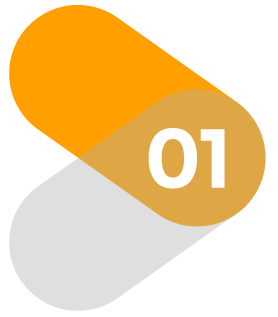 Social distancing: Do not mingle in crowds and stay 6-10 feet away from other people (Droplets from coughs or sneezing usual fall to the ground within 10 feet.)
Social distancing: Do not mingle in crowds and stay 6-10 feet away from other people (Droplets from coughs or sneezing usual fall to the ground within 10 feet.)
 Frequently wash hands with soap and water for at least 20 seconds to remove viral particles inadvertently picked up by touching contaminated surfaces
Frequently wash hands with soap and water for at least 20 seconds to remove viral particles inadvertently picked up by touching contaminated surfaces
 DO NOT TOUCH YOUR MOUTH, NOSE OR EYES unless you have washed your hands
DO NOT TOUCH YOUR MOUTH, NOSE OR EYES unless you have washed your hands
 Regularly clean surfaces, that could become contaminated, with antiviral products (generally containing at least a 60% alcohol solution). UV light is a great way to disinfect surfaces. Apply the light for 30 secs. Be careful, as UV light is harmful to the skin and eyes. Walmart has a UV wand that you can use at a reasonable price (about $20).
Regularly clean surfaces, that could become contaminated, with antiviral products (generally containing at least a 60% alcohol solution). UV light is a great way to disinfect surfaces. Apply the light for 30 secs. Be careful, as UV light is harmful to the skin and eyes. Walmart has a UV wand that you can use at a reasonable price (about $20).
Keep membranes of the mouth moist by frequently taking small sips of liquid to clear this area of viral particles flushing them into the acid of the stomach
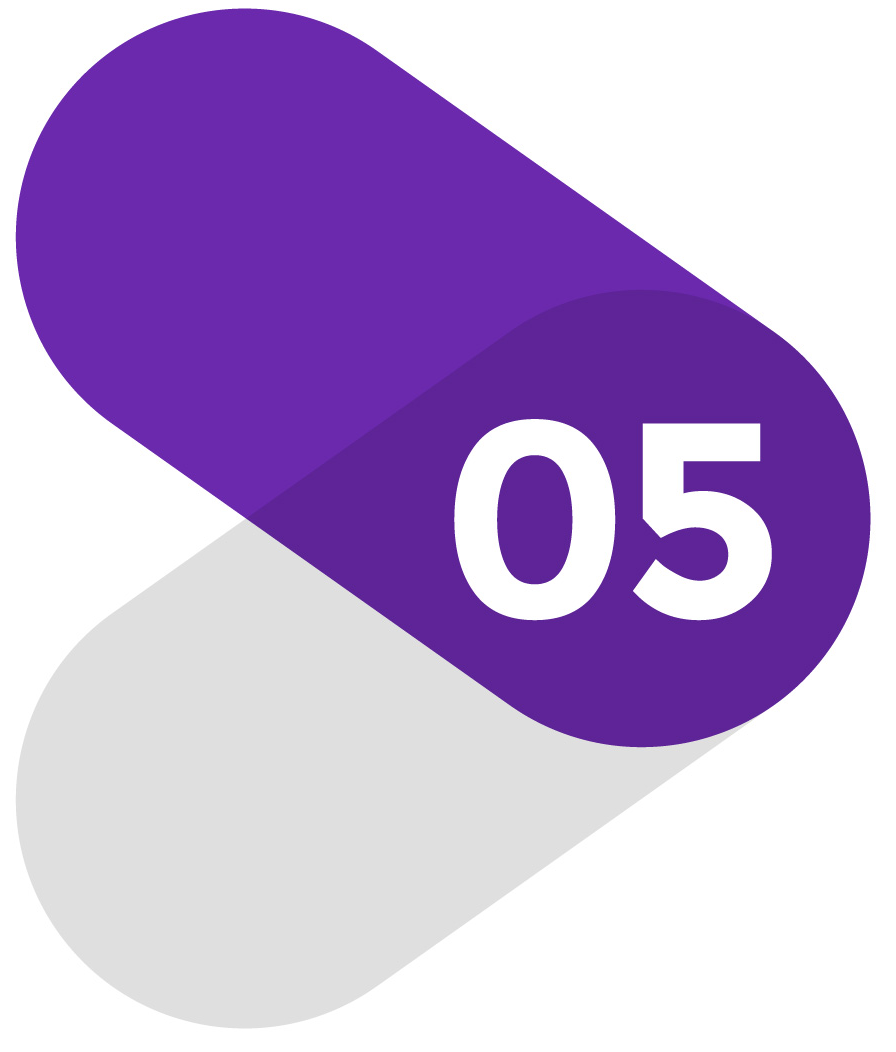 Cover coughs and sneezes with tissues and dispose of those promptly
Cover coughs and sneezes with tissues and dispose of those promptly
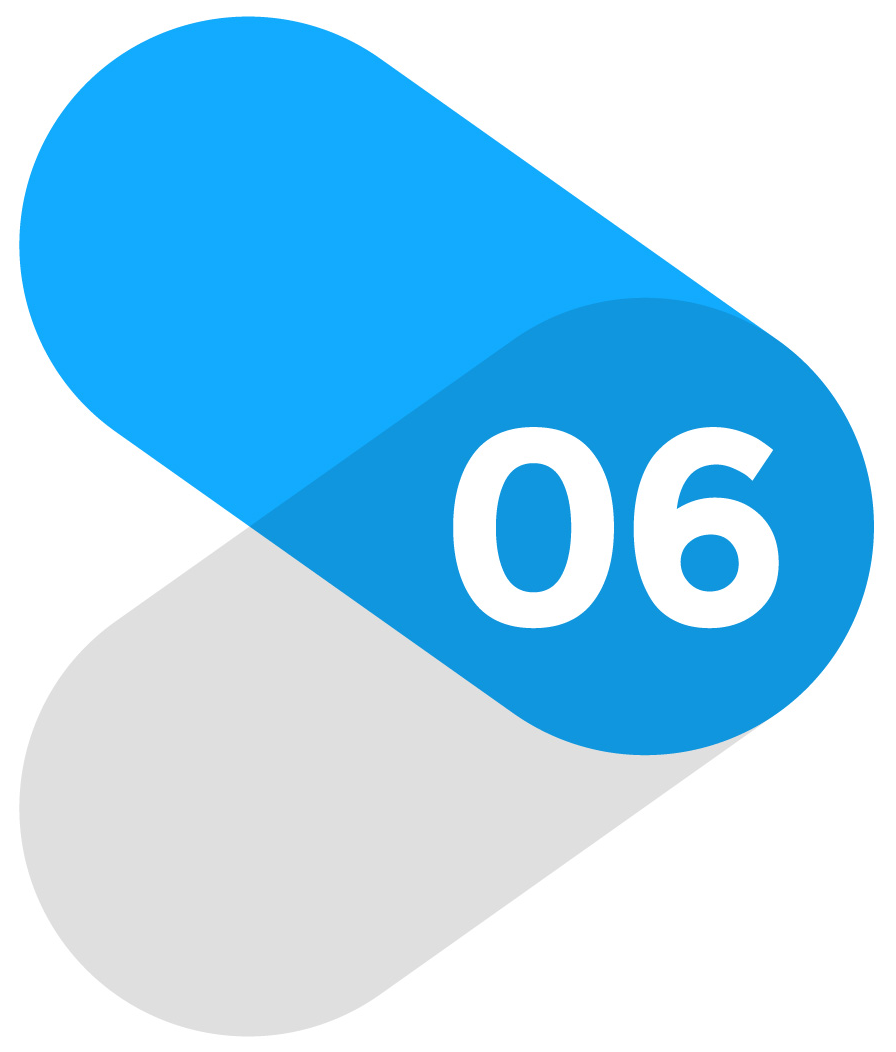 If you develop symptoms, stay away from other people (self quarantine) so as not to spread the virus to them
If you develop symptoms, stay away from other people (self quarantine) so as not to spread the virus to them
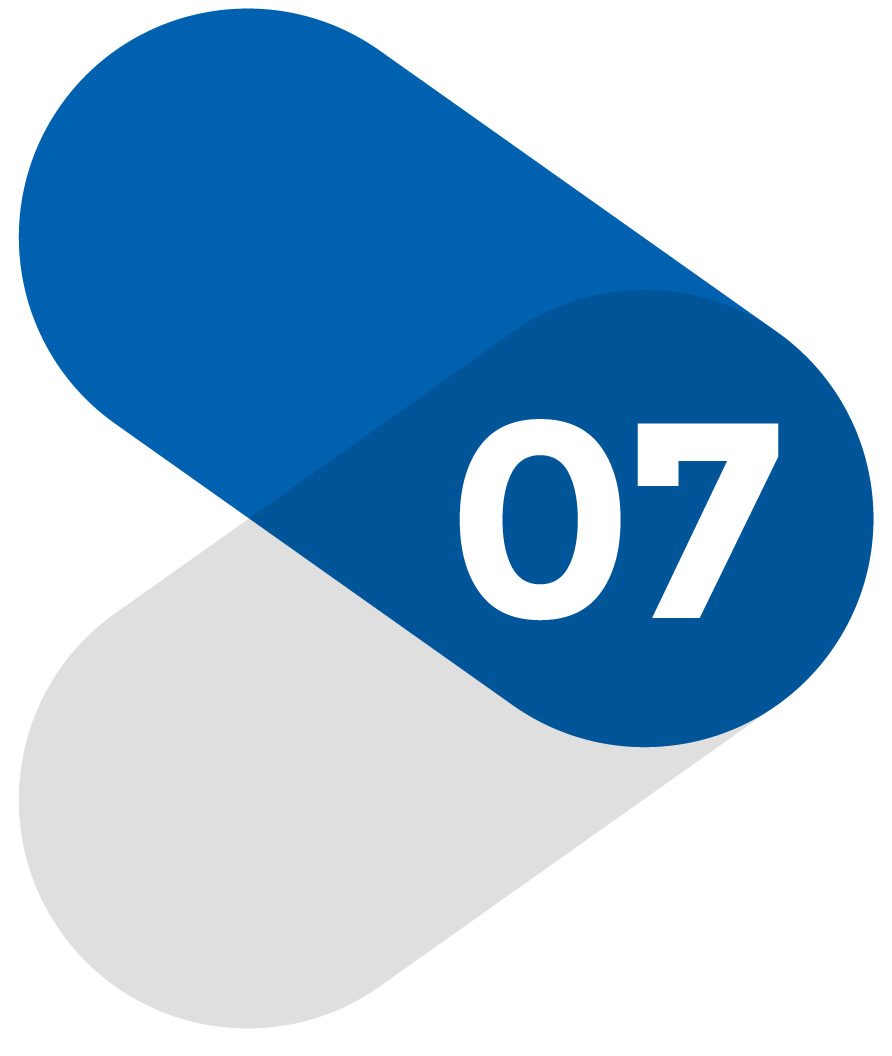 If you believe you have been infected and need medical attention, call your doctor, health department or emergency room. DO NOT JUST SHOW UP THERE. They will give you instructions to prevent spread to others in the waiting room and arrange for testing
If you believe you have been infected and need medical attention, call your doctor, health department or emergency room. DO NOT JUST SHOW UP THERE. They will give you instructions to prevent spread to others in the waiting room and arrange for testing
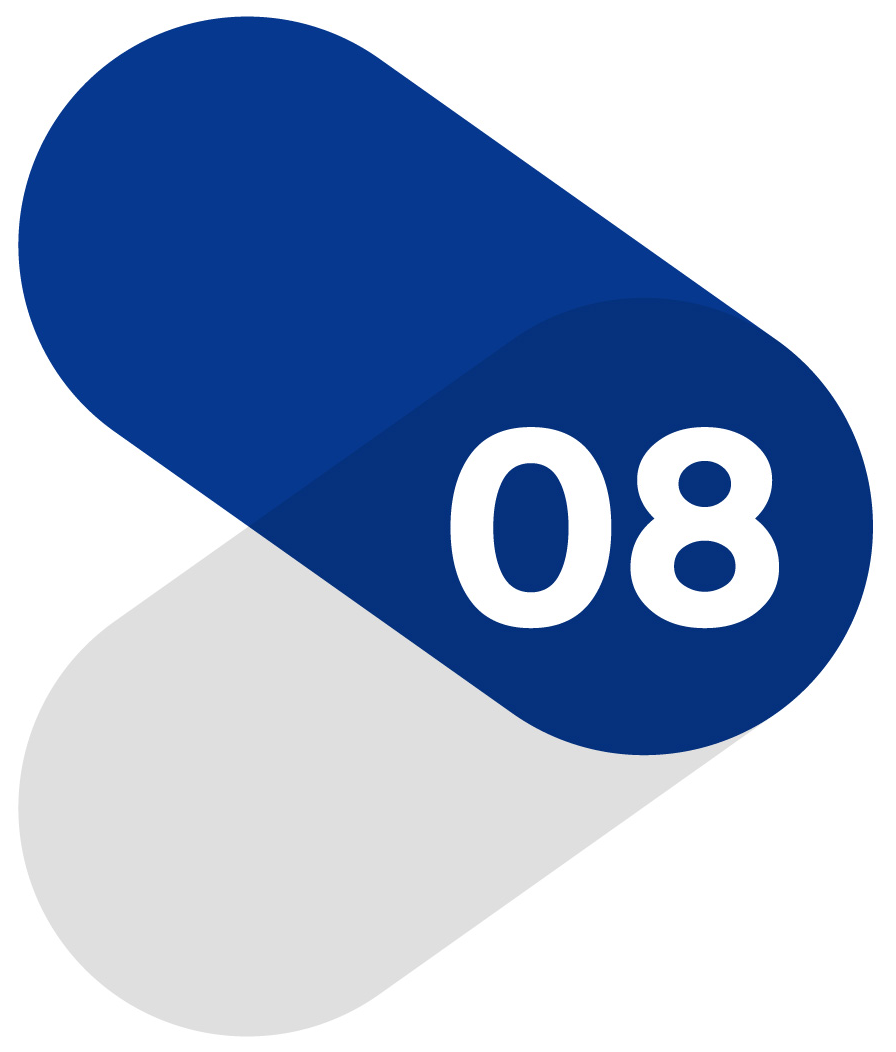 As there is no definitive treatment for corona virus at this time, you can treat the symptoms as you would a cold with rest, fluids (especially warm fluids), Acetominphen or similar for fever, cough medicine, soup, etc. Symptoms should improve within 10-14 days
As there is no definitive treatment for corona virus at this time, you can treat the symptoms as you would a cold with rest, fluids (especially warm fluids), Acetominphen or similar for fever, cough medicine, soup, etc. Symptoms should improve within 10-14 days
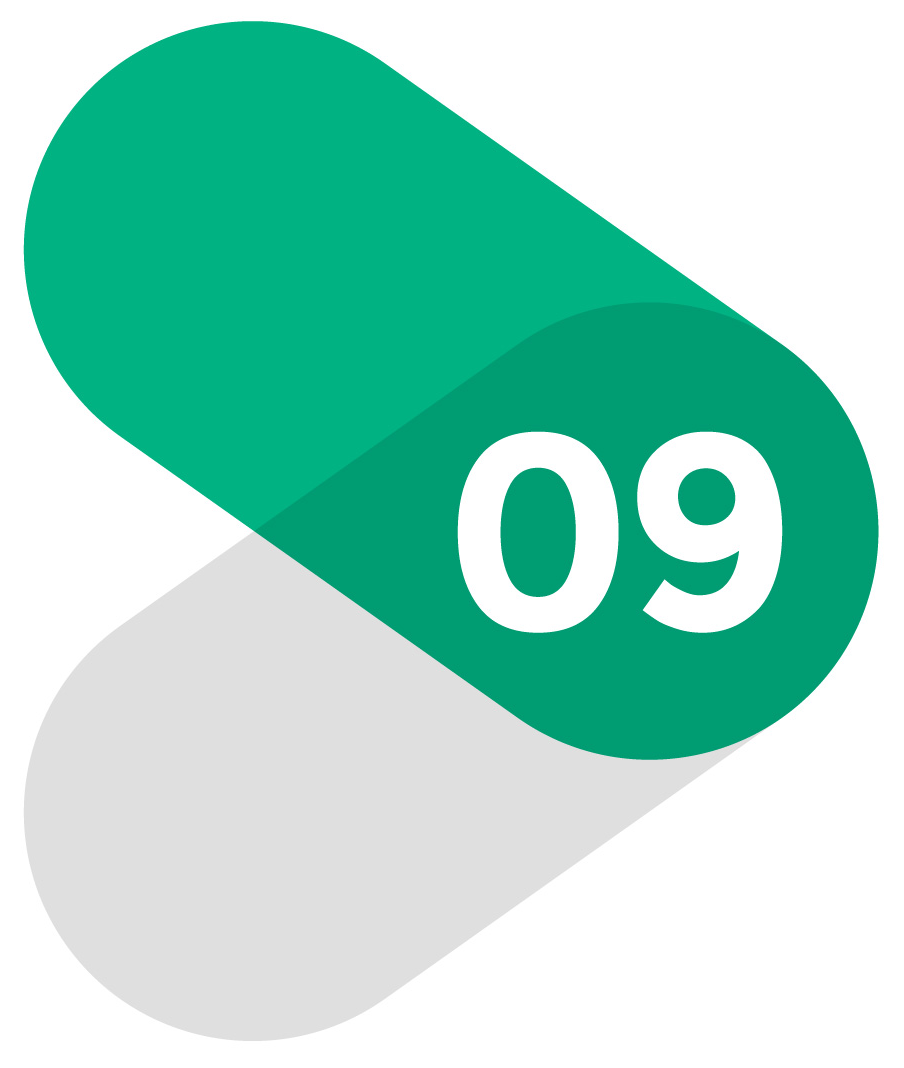 If you are the caregiver for another person, have someone else provide care or reduce contact. Wear a mask and gloves to reduce viral shedding. Be sure to wash your hands as above after removing and disposing of the mask and gloves
If you are the caregiver for another person, have someone else provide care or reduce contact. Wear a mask and gloves to reduce viral shedding. Be sure to wash your hands as above after removing and disposing of the mask and gloves
 If you are providing care to someone who may be infected, both you and they should wear a mask and you should wear gloves when entering the room and wash your hands afterward. Routine dish soap and laundry detergent should clear the virus from dishes and clothes
If you are providing care to someone who may be infected, both you and they should wear a mask and you should wear gloves when entering the room and wash your hands afterward. Routine dish soap and laundry detergent should clear the virus from dishes and clothes
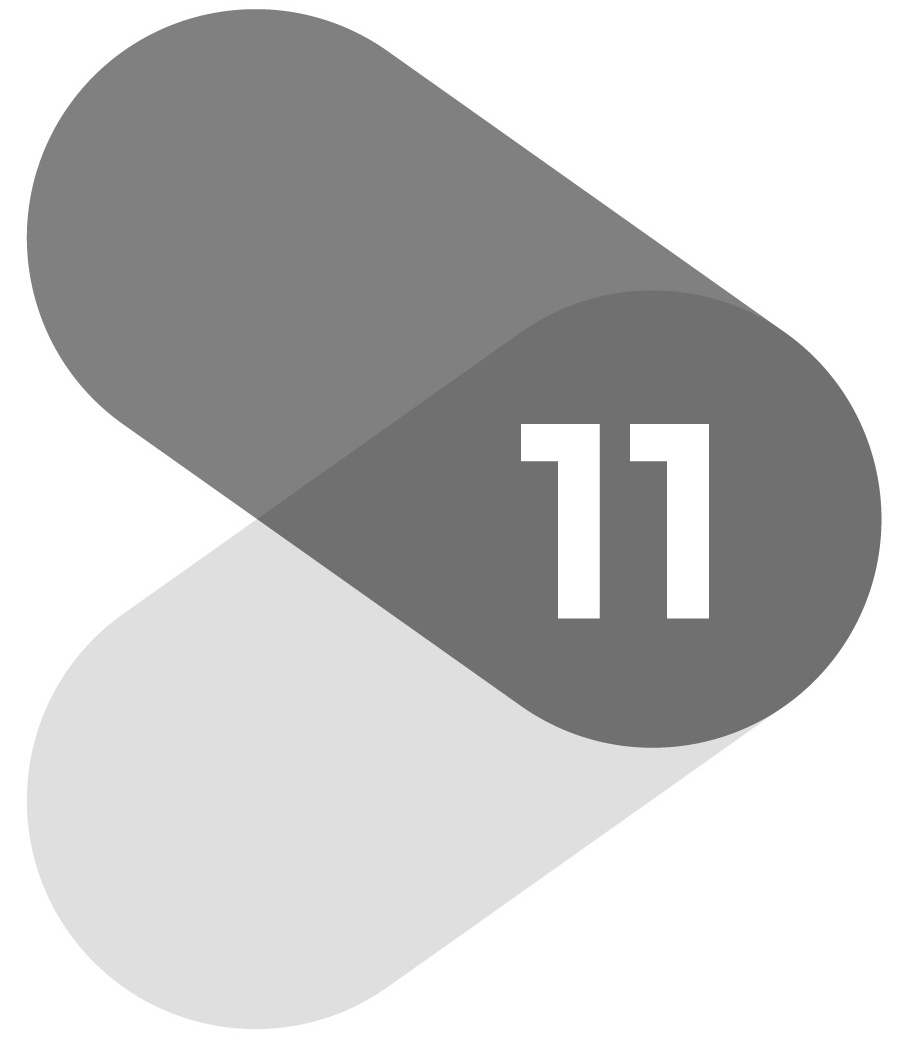 When removing your gloves, pull down from the wrist turning the glove inside out to trap virus on the inner part of the removed glove
When removing your gloves, pull down from the wrist turning the glove inside out to trap virus on the inner part of the removed glove